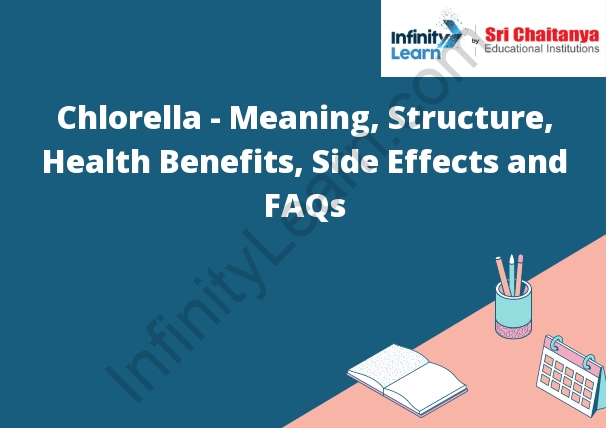Table of Contents
What is Chlorella?
Chlorella – Meaning: Chlorella is a type of algae that is made up of single cells. It is a rich source of nutrients, including protein, vitamins, and minerals. Chlorella is also a good source of chlorophyll, which gives the algae its green color. Chlorella is often used as a dietary supplement and is thought to have a range of health benefits, including boosting the immune system, helping to detoxify the body, and reducing inflammation.

Structure of Chlorella
Chlorella has a simple cell structure, with a single cell membrane and a nucleus. The cell wall is made of cellulose, and the cytoplasm contains chloroplasts, which are used for photosynthesis. Chlorella also has a small amount of DNA.
Health Benefits of Chlorella
Chlorella is a single-celled green algae that is rich in proteins, vitamins, minerals, and antioxidants. It has been shown to have a number of health benefits, including:
- -Boosting the immune system
- -Detoxifying the body
- -Fighting inflammation
- -Preventing cancer
- -Reducing the risk of heart disease
- -Improving cognitive function
- -Reducing symptoms of PMS
- -Reducing the risk of obesity
- -Reducing the risk of diabetes
Chlorella Side Effects
There are very few known chlorella side effects, but some people have experienced stomach problems, such as nausea, vomiting, and diarrhea, after taking the supplement. Additionally, chlorella may interact with certain medications, so it is important to speak with a healthcare provider before taking chlorella if you are taking any medications.
Explain in detail
The four stages of team development are forming, storming, norming, and performing.
- Forming occurs when the team first comes together and everyone is getting to know each other. In this stage, team members are typically polite and agreeable with each other.
- Storming occurs when team members start to clash and conflict arises. This can be due to different opinions or because people are trying to assert their dominance.
- Norming occurs when the team begins to settle down and conflict subsides. In this stage, team members start to cooperate and work together.
- Performing occurs when the team is functioning well and is able to achieve its goals.







